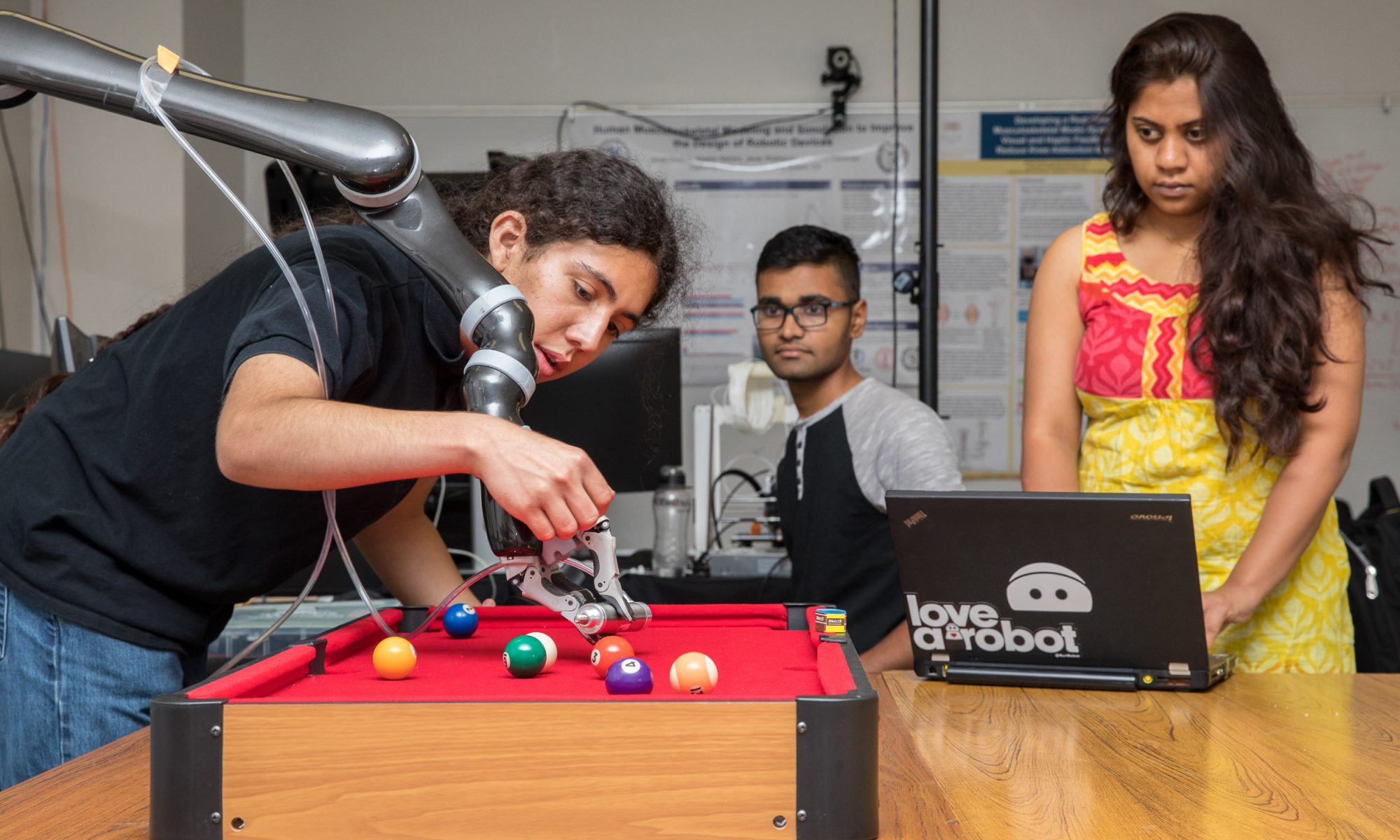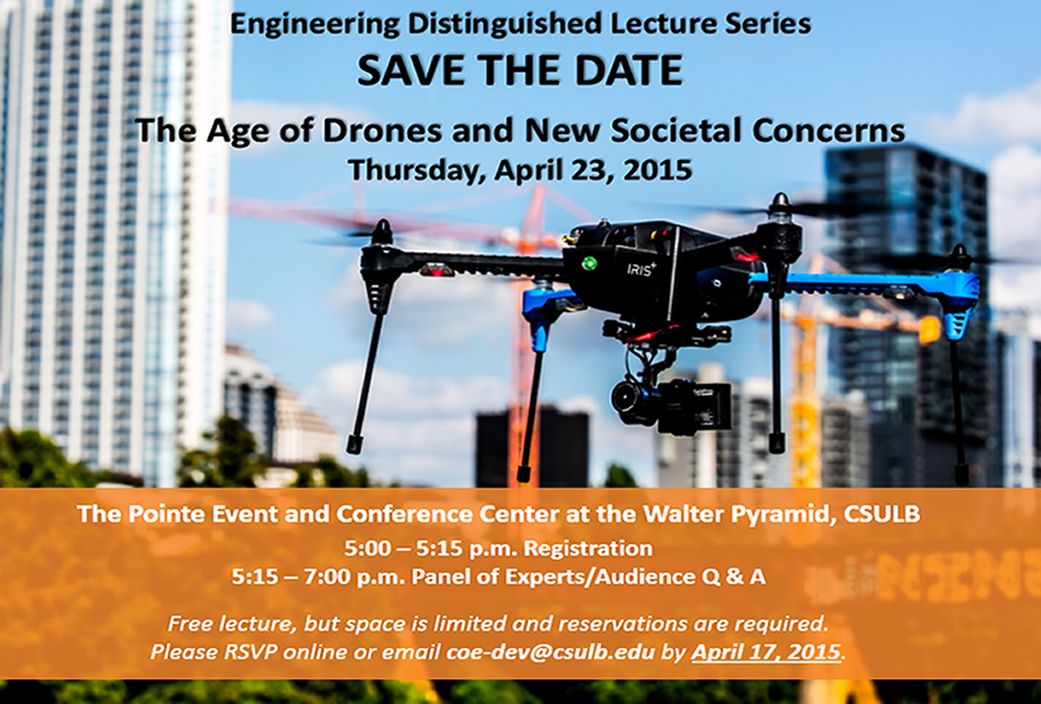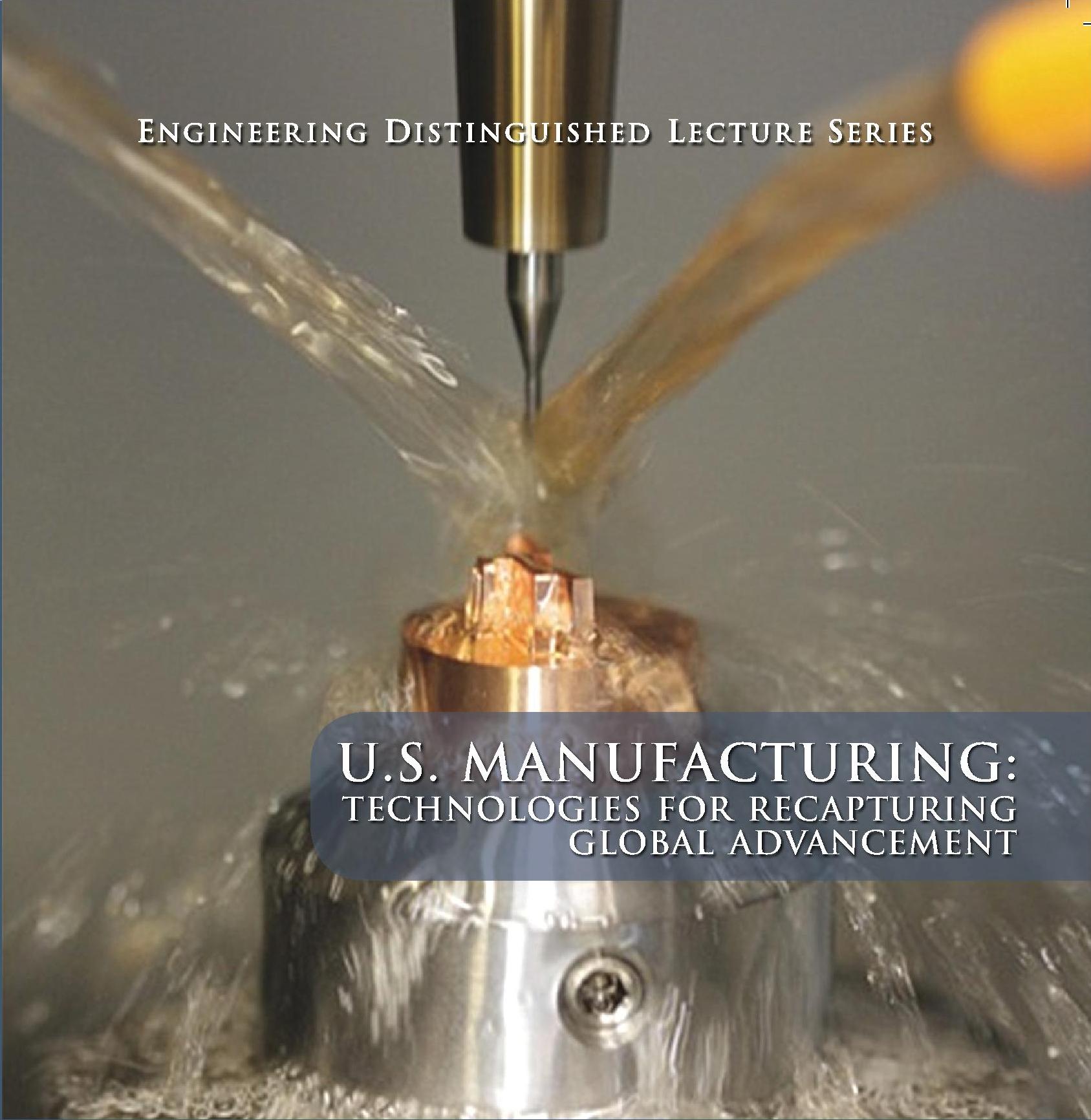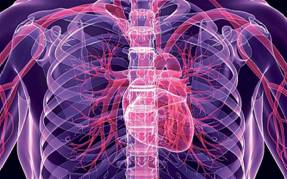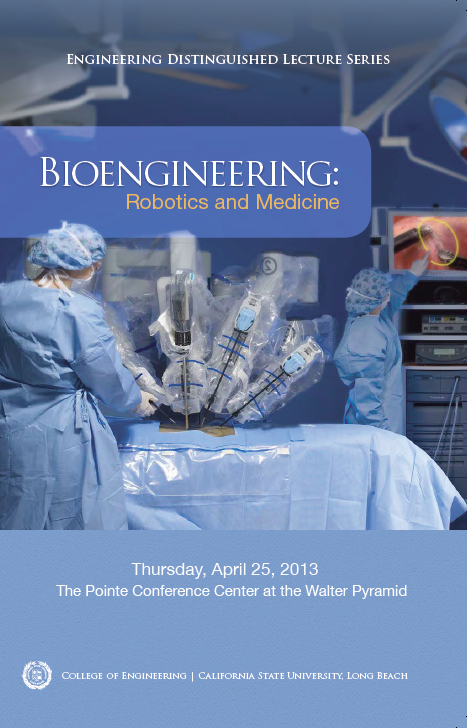 Speakers at the CSULB College of Engineering Distinguished Lecture Series Thursday agreed that a strong El Nino is brewing, and Southern California should be braced for higher-than-average rainfall this winter and spring. Although engineers and planners have learned much from past El Nino events, large-scale infrastructure improvements are still needed to prevent severe damage from future storms.
Speakers at the CSULB College of Engineering Distinguished Lecture Series Thursday agreed that a strong El Nino is brewing, and Southern California should be braced for higher-than-average rainfall this winter and spring. Although engineers and planners have learned much from past El Nino events, large-scale infrastructure improvements are still needed to prevent severe damage from future storms.
El Nino events are classified as weak, moderate, or strong, and usually peak in February. This year’s is strong, said Mark Jackson, meteorologist in charge of the Oxnard National Weather Service office, although it remains to be seen how many inches of rain it will deliver. “I’m not going to give my exact forecast for how many inches of rain we’re going to get. There are too many microphones and cameras here,” he said. Continue reading “Is Southern California Ready for El Nino?”
